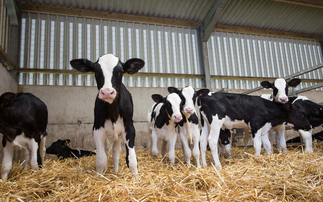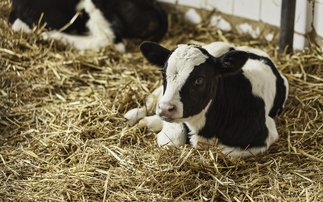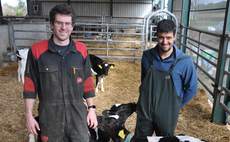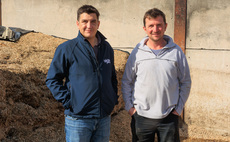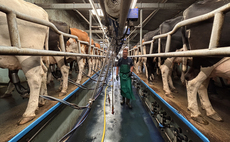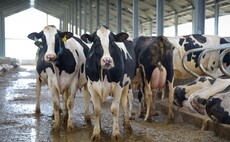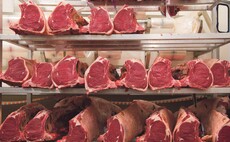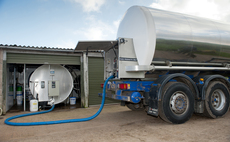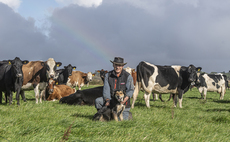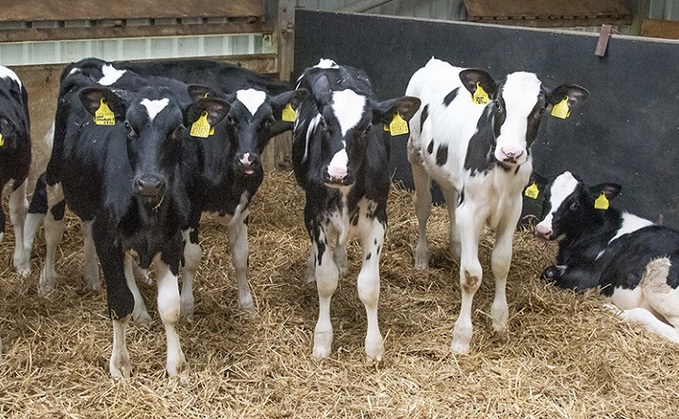
Last year was a year of renewed focus on pain relief and that is set to continue in 2022, according to Scott Deakin, ruminant brand manager at Boehringer Ingelheim.
Arecent Ruminant Health and Welfare workshop identified increased use of pain management as an opportunity to improve ruminant welfare across the UK at little extra cost.
Vice-chair Gwyn Jones said: We discussed cattle and sheep welfare on-farm, identified positive interventions which could be easily implemented and considered how these could be promoted.
Increased use of pain management was highlighted as the one which could make the most immediate impact, offering significant welfare improvements.
2022 should see opportunities for vets and producers working together to put these recommendations into practice, alongside other measures to improve health and welfare.
In fact, Red Tractor updates included a recommendation to use pain relief for husbandry procedures, such as disbudding and dehorning.
While local anaesthetic prevents pain during the actual procedure, longer term pain relief in the form of non-steroidal anti-inflammatory drugs (NSAIDs) improves wellbeing and helps calves bounce back to normal behaviours..
In addition, developing farm protocols for pain management could form part of the Defra-funded Annual Health and Welfare Reviews which are due to start in 2022.
Benefits
Many calves are now routinely given NSAIDs, such as Metacam, before procedures such as disbudding and dehorning, to reduce discomfort once the effects of local anaesthetic have worn off.
Compared with calves given local anaesthetic alone, calves that also receive Metacam have been shown to have:
- Significantly lower cortisol levels (a measure of stress)
- Significantly lower heart and respiratory rates over 24 hours post-dehorning
- Significantly less pain sensitivity at horn buds; almost twice as great in control versus treated calves
- Less pain behaviour indicated by less ear flicking and less head shaking
- Another study also found treated calves gained significantly more weight over 10 days post-dehorning
- Other common painful situations when NSAIDs are commonly used include calf scour (alongside rehydration therapy), respiratory disease and mastitis (both alongside appropriate antibiotic therapy)
Mr Deakin says the performance and welfare benefits associated with using NSAIDs begs the question why wouldnt pain relief be used? Producers should discuss procedures with their own vet and develop a protocol for any potentially painful conditions








